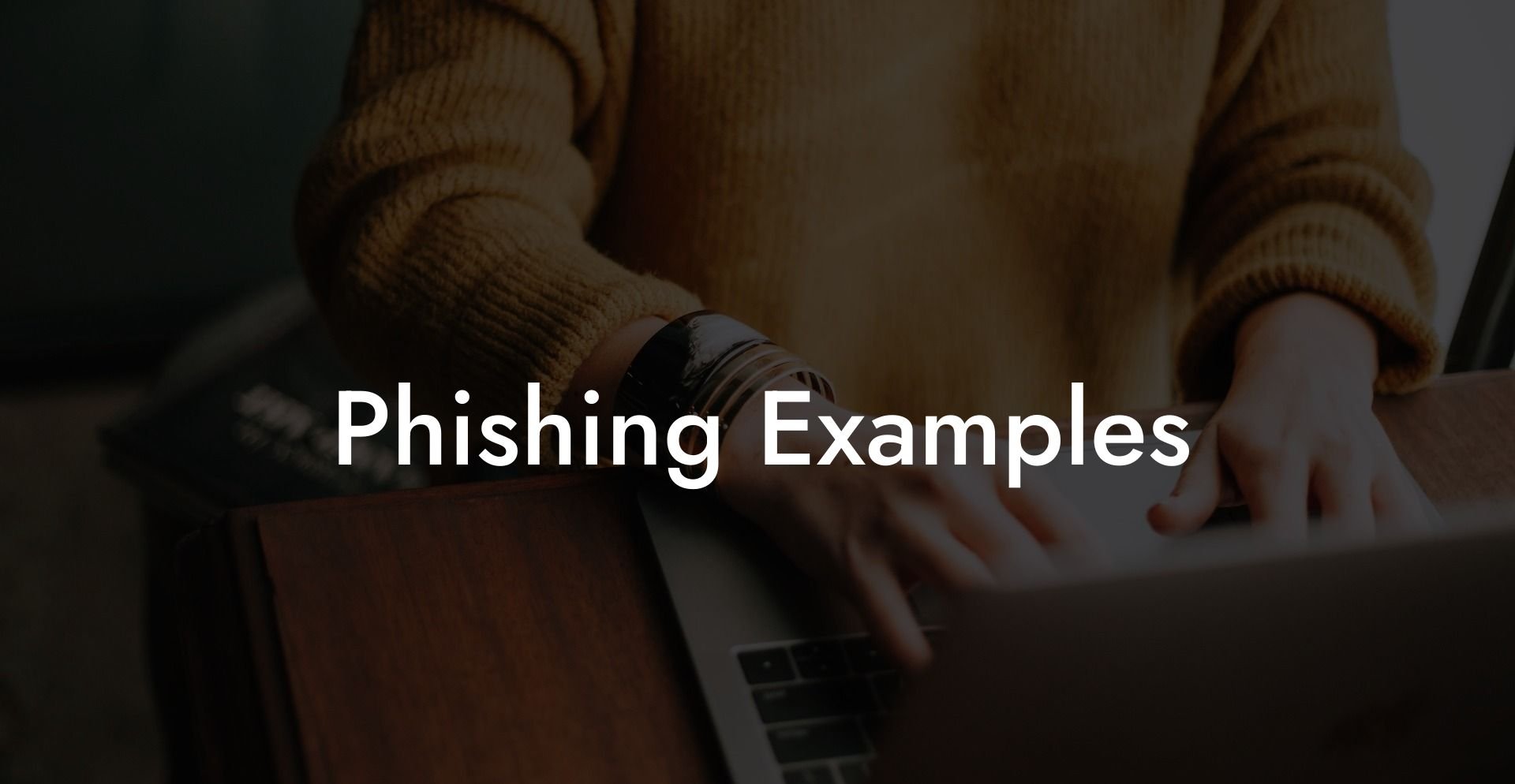Imagine opening your inbox and finding an email from your bank, stating that there has been suspicious activity in your account. You click the link provided, enter your login details, and suddenly - you're locked out. What just happened? You've been a victim of a phishing attack – a fraudulent technique used by cybercriminals to deceive you into providing your sensitive information. But, fear not! In this article, we will explore the top phishing examples and share tips on how you can keep your data safe from these scheming hackers.
Phishing Examples Table of Contents
Phishing attacks can come in various forms - through email, text messages, and even phone calls. Let's dive into some of the most common and dangerous phishing examples to learn how to spot them and reduce your chances of becoming a victim.
1. Deceptive Emails
Protect Your Data Today With a Secure Password Manager. Our Top Password Managers:
Email phishing is probably the most familiar form you've encountered. Cybercriminals design their emails to look as though they come from a legitimate source, often copying the format and design of well-known companies or banks. They then trick you into sharing confidential information or open malicious attachments.
Some common email phishing techniques include:
- Emails claiming to be from a bank or financial institution, asking you to verify your account details.
- Emails pretending to be from a popular service (PayPal, Amazon, Netflix) with links to fake login pages or requesting sensitive information.
- Emails claiming you've won a prize or a gift card and requesting personal information to claim your winnings.
2. Spear Phishing
This type of attack targets specific individuals or organizations, using personalized emails that appear to be from someone they know, such as a co-worker or a trusted vendor. This makes spear phishing more dangerous because the attackers have done their research on you, often gathering your information from social media profiles.
Some spear phishing examples include:
- An email from your boss, asking you to share sensitive company or employee information.
- An email from a colleague or friend asking for your login details or personal information.
- Emails appearing to be from a vendor or client seeking confidential data or financial transfers.
3. Smishing (SMS Phishing)
Smishing involves deceptive text messages designed to bait you into revealing personal information or compromising your device. These messages often use a sense of urgency or fear to manipulate you into clicking on malicious links.
Smishing examples include:
- Texts pretending to be from your bank, asking to confirm account information or warning of unauthorized transactions.
- Messages alleging you've won a prize and urging you to visit a link to claim it.
4. Vishing (Voice Phishing)
Vishing is a phone-based phishing attack. Scammers call you, pretending to be from a legitimate organization, and try to trick you into sharing sensitive information or even transferring money.
Vishing examples include:
- Calls from alleged government agencies, claiming you owe back taxes or fines, coercing you to make immediate payments.
- Scammers pretending to be tech support, asking for remote access to your computer to "fix" a nonexistent issue.
By now, you should have a better understanding of the devious tactics used in different phishing examples. The key to staying safe online is to remain vigilant, always exercise caution when sharing personal information, and maintain up-to-date security software on your devices.
We hope these examples and tips will help you avoid becoming a victim of phishing attacks. Be sure to share this post with your friends and family so that they, too, can stay safe online. And don't forget to explore other guides on Voice Phishing for more insights into this growing cyber threat.
Protect Your Data Today With a Secure Password Manager. Our Top Password Managers:















